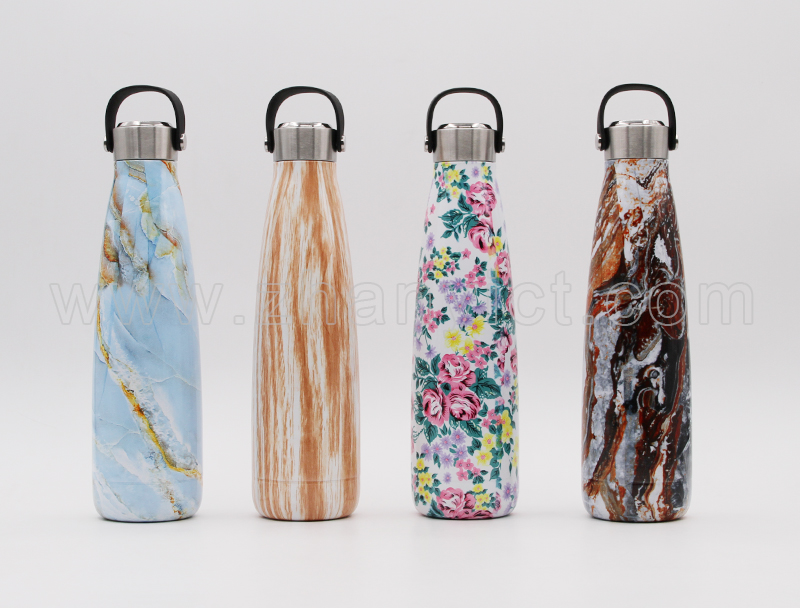Comprehensive Analysis of Printing Techniques in the Water Cup Industry (Material and Printing Process Compatibility Chapter)
There’s a story in every cup, warmth in every life. Hello everyone, "Dong Dong's Cup Talk" is here.
The water cup industry has undergone tremendous changes from the 1.0 era to today’s 6.0 era—whether in functionality, design, materials, patterns, http://www.zhanyict.com/en/ProductsDetail-VB-10500.htmlor sales strategies. Today, we’ll explore the various printing techniques used in the water cup industry.
Observant consumers may have noticed that modern water cups feature increasingly diverse and personalized designs, each achieved through different printing processes. Given the depth of this topic, we’ll break it down into multiple chapters. http://www.zhanyict.com/en/ProductsDetail-VB-10500.htmlIf you enjoy our content, don’t forget to "raise your lucky little hands" and give us a like!
In water cup manufacturing, the choice of printing technique directly impacts product aesthetics, durability, and market competitiveness. Different materials (stainless steel, plastic, glass) have distinct requirements for printing, http://www.zhanyict.com/en/ProductsDetail-VB-10500.htmlwhile design complexity (single-color logos, photorealistic images, embossed textures, etc.) further influences process compatibility. Here, we’ll systematically analyze core printing technologies from four perspectives: process principles, material compatibility, 3D effect implementation, and adhesion assurance.
II. Compatibility Analysis of Materials and Printing Techniques
1. Stainless Steel Cups
- Best Techniques:
- Screen Printing (for single-color logos)
- Laser Etching (for permanent markings)
- Heat Transfer Printing (for full-color designs, requires pre-coated polyester layer)
- Adhesion Assurance: http://www.zhanyict.com/en/ProductsDetail-VB-10500.html
- Surface must undergo sandblasting or electrolytic treatment to enhance ink bonding.
2. Plastic Cups
- PP Material:
- Low polarity—requires flame treatment + primer for screen printing/heat transfer.
- PC/AS Material:
- Higher polarity—suitable for hydrographic printing or pad printing without pretreatment.
- Tritan Material:
- Heat-sensitive—avoid high-temperature processeshttp://www.zhanyict.com/en/ProductsDetail-VB-10500.html (e.g., heat transfer); UV-curable inks are preferred.
3. Glass Cups
- Low-Temperature Techniques:
- Hydrographic printing
- Screen printing (requires tempered glass-specific inks)
- High-Temperature Techniques:
- Underglaze printing (fired at 800°C), http://www.zhanyict.com/en/ProductsDetail-VB-10500.htmlbut extremely costly.
(To be continued in the next chapter: "Special Effects and Durability Testing")

There are stories in the cup, life has warmth, use a good cup to enjoy a healthy life. We provide OEM business to more than 100 companies around the world, and produce more than 3 million pieces of various stainless steel/plastic cups and pots annually. Honoring promises, keeping reputation, ensuring quality and quantity, and delivering on time are our service principles and our professional commitment. Dongguan Zhan Yi Commodity Technology Co.,Ltd. welcomes global merchants to conduct on-site factory inspections and in-depth cooperation.